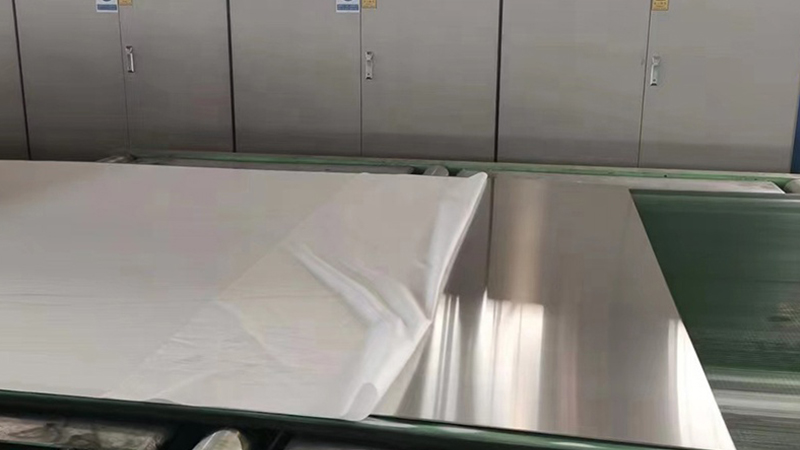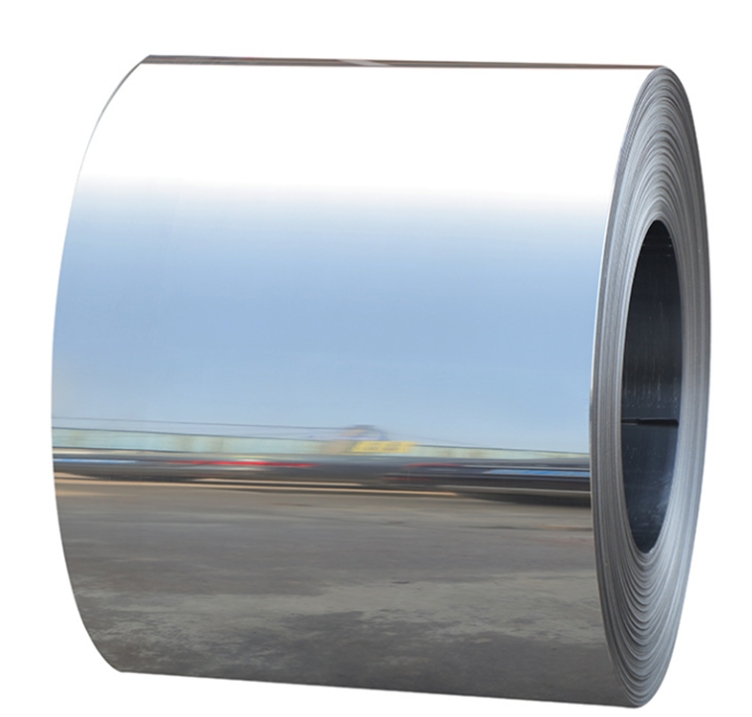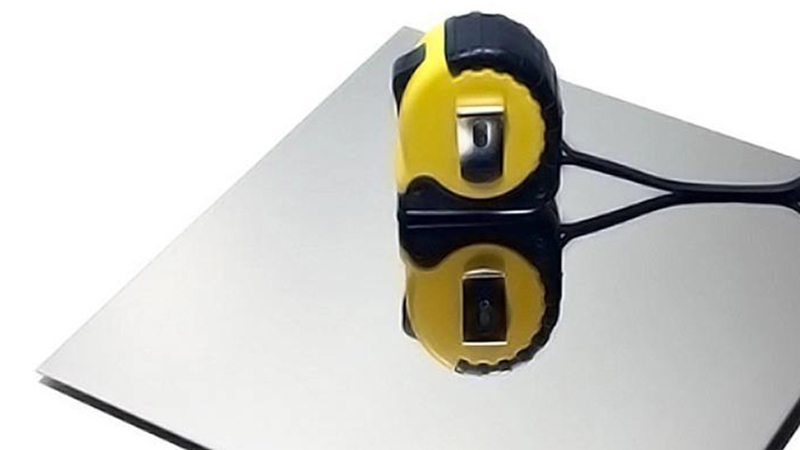The choice between 304 or 316 stainless steel depends on the specific usage scenario and budget, each with its own advantages. The core differences lie in corrosion resistance, composition, and price. The following is a comprehensive comparison:
1. Corrosion resistance
316 is superior: 2% -3% molybdenum element is added, significantly improving the resistance to chloride ion corrosion (such as seawater, salt spray, strong acid-base environment), especially suitable for harsh scenarios such as medical, chemical, coastal, etc.
304 is sufficient for daily use: resistant to general acid-base and atmospheric corrosion, meeting the needs of household kitchenware, tableware, thermos cups, etc. However, long-term exposure to high salt or acidic liquids (such as milk and fruit juice) may cause rusting.
2. Composition and Performance
Composition differences:
304: Contains 18% chromium+8% nickel (18/8 stainless steel), no molybdenum.
316: Contains 16% chromium, 10% nickel, and 2% molybdenum, making it more resistant to high temperatures and reducing media such as sulfuric acid and urea.
Mechanical properties: The two have similar strength, but 316 has slightly higher hardness and 304 has better ductility (easy to process and press).

3. Applicable scenarios
Recommended 304:
Daily necessities: insulated cup (for water/tea), cookware, sink, home appliance panel.
High cost-effectiveness: The price is 20% -50% lower than 316, and the performance is sufficient for household use.
Recommended 316:
Special environment: medical equipment, marine equipment, chemical pipelines, and insulated cups for long-term acidic drinks (such as soybean milk and juice).
High demand scenario: Products that require contact with disinfectants, high-temperature steam, or corrosive cleaning agents.
4. Price and Maintenance
Cost: 316 is significantly higher in price than 304 due to its molybdenum content (approximately 1.5-1.8 times higher).
Maintenance suggestion: 316 material is more corrosion-resistant but has high hardness. When cleaning, avoid using hard brushes to prevent scratches; 304 should avoid long-term contact with strong acids and bases.

Summary and Suggestions
Option 304: Limited budget, daily household use (such as drinking water thermos, kitchenware), functional and economical.
Option 316: Pursuing durability, suitable for special environments (such as storing acidic beverages, coastal areas) or medical related products.





 English
English